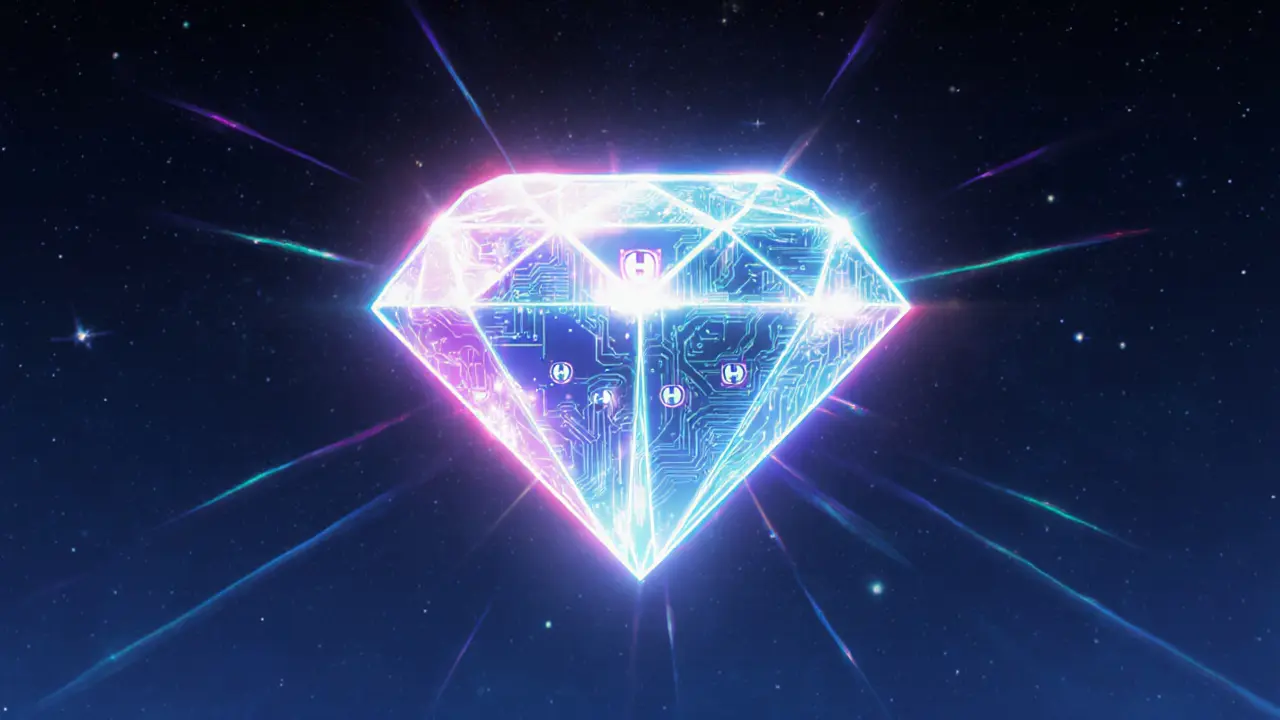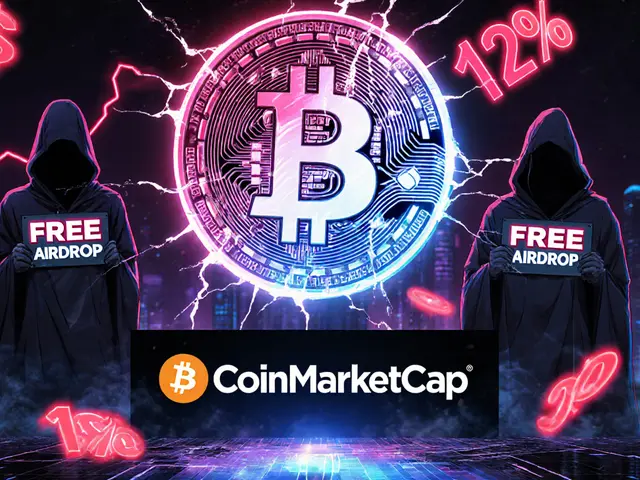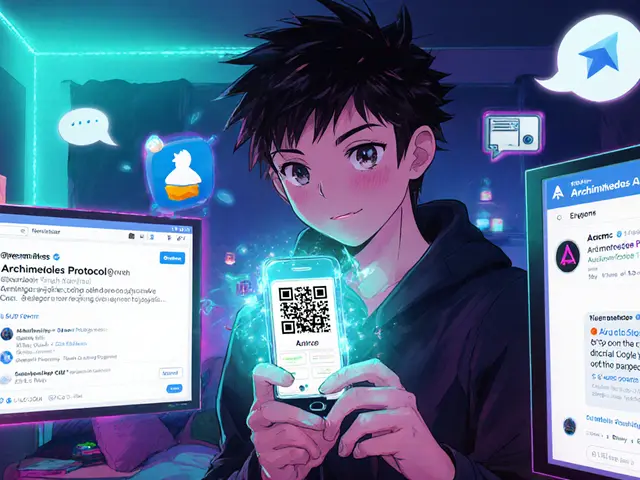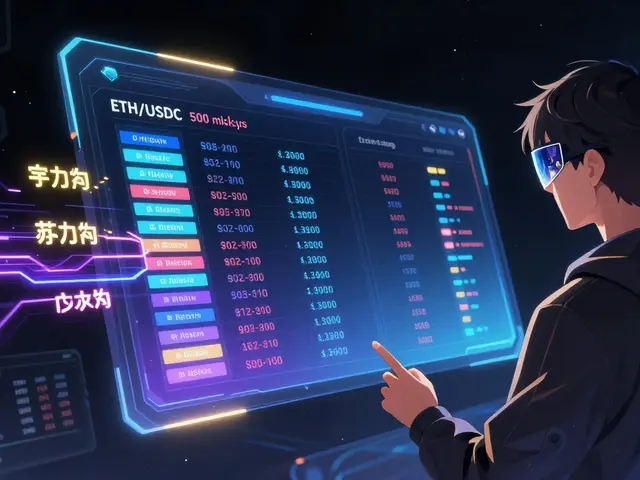Generative Art: A Crypto‑Driven Frontier
When working with generative art, algorithm‑driven visuals that blend code, randomness, and design principles. Also known as algorithmic art, it transforms scripts into unique images, videos, or soundscapes that can be reproduced endlessly.
One of the hottest bridges to the mainstream is NFTs, non‑fungible tokens that certify ownership and provenance on a public ledger. By minting a generative piece as an NFT, creators lock the exact algorithmic seed and output onto a blockchain, giving collectors a verifiable, tradable asset. Blockchain, a decentralized ledger that records every transaction in an immutable chain supplies the trust layer needed for this digital scarcity, while also enabling royalty payouts every time the piece changes hands. The combination of NFTs and blockchain has turned experimental code into a market‑ready product that can be bought, sold, or licensed across the globe.
Beyond ownership, the storage of the actual media files matters. Decentralized storage, peer‑to‑peer networks like IPFS, Filecoin, or Arweave that keep data alive without a single point of failure ensures that the visual output lives as long as the blockchain does. Artists often upload the raw assets to these platforms and embed the content hash in the NFT metadata, creating a triple link: algorithm → stored file → token. This workflow prevents loss due to a centralized server outage and guarantees that future owners see the exact piece the creator intended.
AI is another game‑changer. Modern generative pipelines blend traditional deterministic code with machine‑learning models that can interpret style, remix existing works, or even evolve new aesthetics based on community feedback. When an AI‑enhanced generator produces a piece, the resulting NFT can carry both the model’s version number and the seed used for that output, offering full transparency. This level of detail satisfies collectors who crave provenance and developers who want to iterate on proven formulas.
Why It Matters
Understanding these connections helps you see why generative art is more than a visual trend—it’s a financial instrument, a technical challenge, and a cultural movement rolled into one. Whether you’re a creator looking to monetize code, an investor scouting the next high‑value token, or just a hobbyist curious about the tech, the ecosystem around algorithmic art is expanding fast. Below you’ll find deep dives into blockchain‑as‑a‑service, NFT storage strategies, AI‑driven tools, and real‑world case studies that illustrate how each piece fits into the broader picture. Dive in and discover how the code you write today could become tomorrow’s most coveted digital collectible.
Hacash Diamond (HACD) Explained: What It Is, How It Works, and Why It Matters
Discover what Hacash Diamond (HACD) is, how its proof‑of‑work NFT system works, mining mechanics, market data, and why it matters for collectors and miners.












